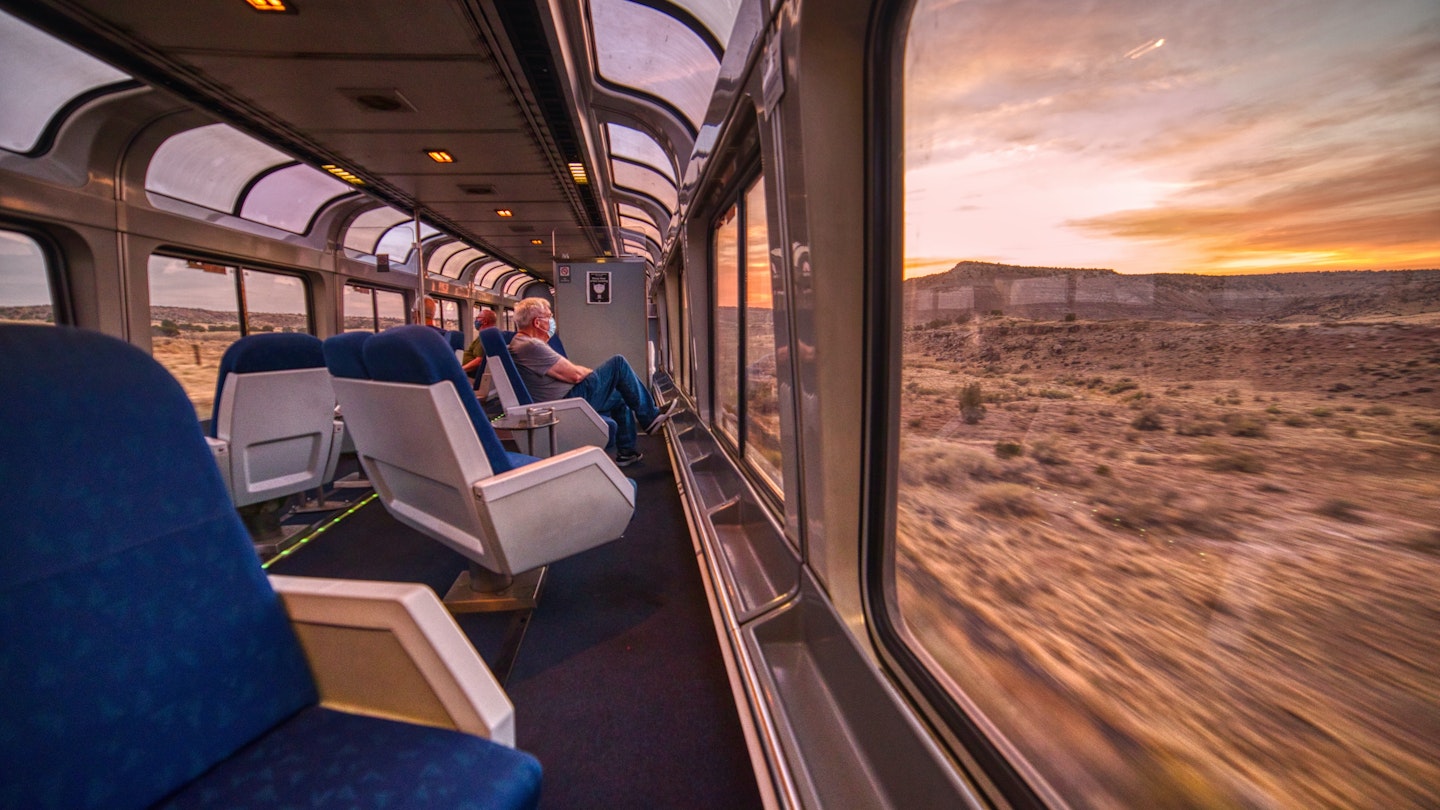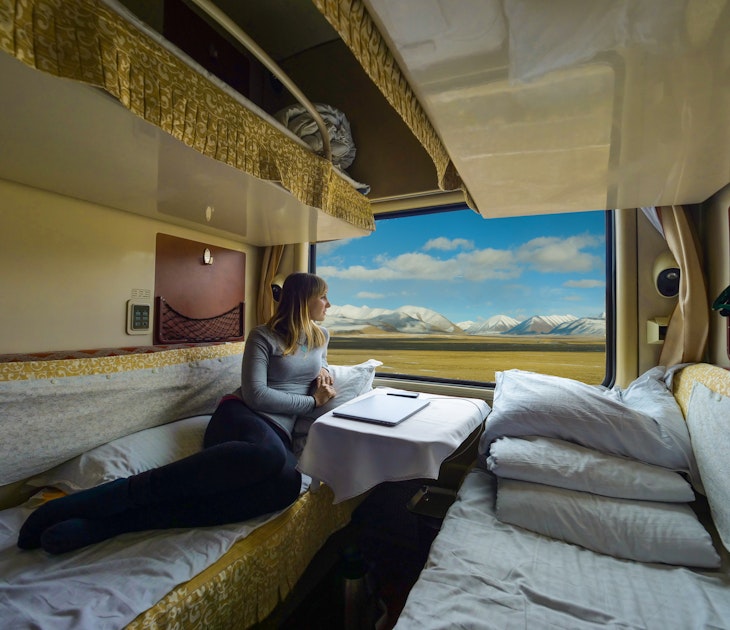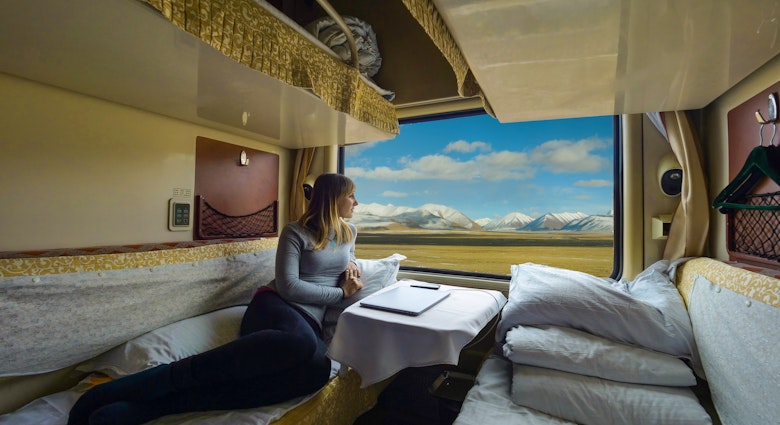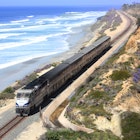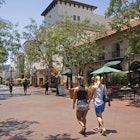In this series, Lonely Planet’s team of writers and editors answers your travel problems and provides tips and hacks to help you plan a hassle-free trip. We threw a recent Amtrak-related query to veteran travel journalist and digital nomad Lauren Keith, whose knowledge of trains has never led us off track.
Question: I’d love to know more about USA train operator Amtrak. Where can I travel to on the network? What are the most scenic routes? How often do the trains operate?
Lauren Keith: Connecting the USA’s vastness, trains on nationwide operator Amtrak offer a different way to see this continent-sized country. If you’re considering taking the time to explore the USA by train, here’s what you need to know for your trip.
Amtrak crisscrosses the entire country from north to south and east to west, its routes totaling some 21,400 miles and serving 500 cities in 46 states, as well as a handful of destinations in Canada. While the USA is associated worldwide with a love of cars and road trips, you can actually ride the train down the whole coast of the western US from Canada to Mexico, and even travel to several national parks by train.

While Seattle, Chicago and Los Angeles are hubs for multiple lines, the densely populated Northeast Corridor is the best-served region of the country. Amtrak’s network includes 15 poetically named long-distance routes, such as the California Zephyr (between Chicago and California), the Coast Starlight (from Seattle to Los Angeles) and the Sunset Limited (connecting New Orleans and Los Angeles).
Running through the lonely deserts of Nevada and up Colorado’s Rocky Mountains on its route between Emeryville (near San Francisco) and Chicago, the California Zephyr our vote as one of the world’s most amazing train journeys. But you can’t go wrong with any of Amtrak’s long-distance routes, half of which have “sightseer lounges,” observation cars with floor-to-ceiling windows and seats facing outward. The observation car is a delightful social space, where travelers strike up conversations with strangers and families entertain children at the handful of booth tables. A unique travel experience, these seats cannot be booked and are available on a first-come, first-served basis.

And it’s not just the journeys that are scenic: some of the train stations used by Amtrak are gorgeous throwbacks. Architectural highlights include Seattle’s King Street Station, with a gleaming white Italianate plasterwork ceiling and an inlaid marble compass on the floor, and the unabashedly art deco Union Station in Los Angeles, where the former Harvey House restaurant has been converted into a brewery.
How does Amtrak work? Do I need to book in advance?
While Amtrak is sometimes cheaper than flying, it’s almost never faster (with high-speed Acela service along the Northeast Corridor the occasional exception). Yet riding the train across the USA is a completely different kind of journey, and it’s truly one to savor. Ticket prices depend on the distance you’re traveling and the type of seat. Long-distance trains have coach seating as well as private sleeper cars. You might initially get sticker shock at the cost of sleeper rooms – but keep in mind that this price also includes three sit-down meals per day in the dining car, which can be a tad expensive à la carte (lunch starts at $13.50 and dinner averages $23).

But when you consider the length of the journey, Amtrak tickets must be one of the best travel bargains out there. A sample one-way fare mid-week on the California Zephyr’s 52-hour journey is $141 in coach and $563 for a sleeper with a shared bathroom. Amtrak also offers business-class seats on some routes, with slightly nicer seats and free non-alcoholic drinks.
It’s best to book Amtrak tickets in advance, especially for sleeper rooms (there are only a limited number per train). You can often net good discounts booking online in advance, and Amtrak’s website also shows how full each train is.
Train schedules depend on the line. Short- and medium-distance trains might run several times daily, but long-distance trains only travel once a day (at most) in each direction, which can make for some awkwardly timed stops. Yes, the train really might call at your desired station at 3am. Though for what it’s worth, the attendant will wake you up ahead of time.

Does Amtrak run on time?
If you’ve ridden trains in Japan or Switzerland, you’ll likely be disappointed by Amtrak’s punctuality. Trains sometimes run hours – or even days! – late, the delays often attributed to freight companies that give their trains priority over passenger services. Amtrak owns just 3% of the track that it operates on, and relies on agreements with freight railroads to run elsewhere. Though federal law dictates that passenger trains should always have priority, the freight railroads ignore this rule with virtually no consequences. In 2019, 75% of Amtrak’s overall services ran on time, but just 50% of long-distance routes arrived on schedule. More than half of the delay hours were attributed to issues with freight trains. Keep your travel plans flexible at the end of your journey in case of delays.
Amtrak’s coach seats are a huge upgrade from flying: think plush living-room-style chairs that actually recline. That said, if you choose to cross the entire country by train, you’ll be on board for several days. While sleeping in a coach seat is possible for at least one night, you’ll likely feel ragged for anything longer than that. Coach seats have tray tables and at-seat power sockets for charging laptops and phones. You’re allowed to bring your own food and drinks, but you can also get snacks and drinks from the cafe car, or (on longer routes) full meals in the dining car. Wi-fi is usually available on short and medium-distance routes but not on long-distance. In other words, a time to enjoy being on the rails and off the grid.
Called “roomettes,” standard sleepers have two seats that face each other, which are pulled together to form one bunk at night; another bunk can be pulled down from the ceiling. Roomettes on East Coast long-distance lines have a concealed toilet and fold-away sink, while other routes require the use of a toilet down the hall in the train car. Larger and more expensive “bedrooms” have in-room showers and toilets. Unlike in other countries, sleeper rooms are never shared, so solo travelers should expect to pay for an entire room.

